Tramp Stamp

Alright, let’s talk about “Tramp Stamp.” Now, before you jump to any conclusions, this article is not what you might expect. It’s not about the inked mark commonly associated with lower back tattoos. No, instead, “Tramp Stamp” is a thrilling and captivating story that will take you on a wild ride filled with unexpected twists and turns. Get ready to be engrossed in a tale that will keep you at the edge of your seat from start to finish.
Origin and History of Tramp Stamp (Pin These Pics Please)
Cultural roots of the term
The term “tramp stamp” originated in the early 2000s and refers to a tattoo that is located on the lower back of an individual, typically a woman. It gained popularity within pop culture and became widely used as a derogatory term. The cultural roots of this term can be traced back to the objectification and sexualization of women’s bodies, perpetuated by societal norms and media influence.

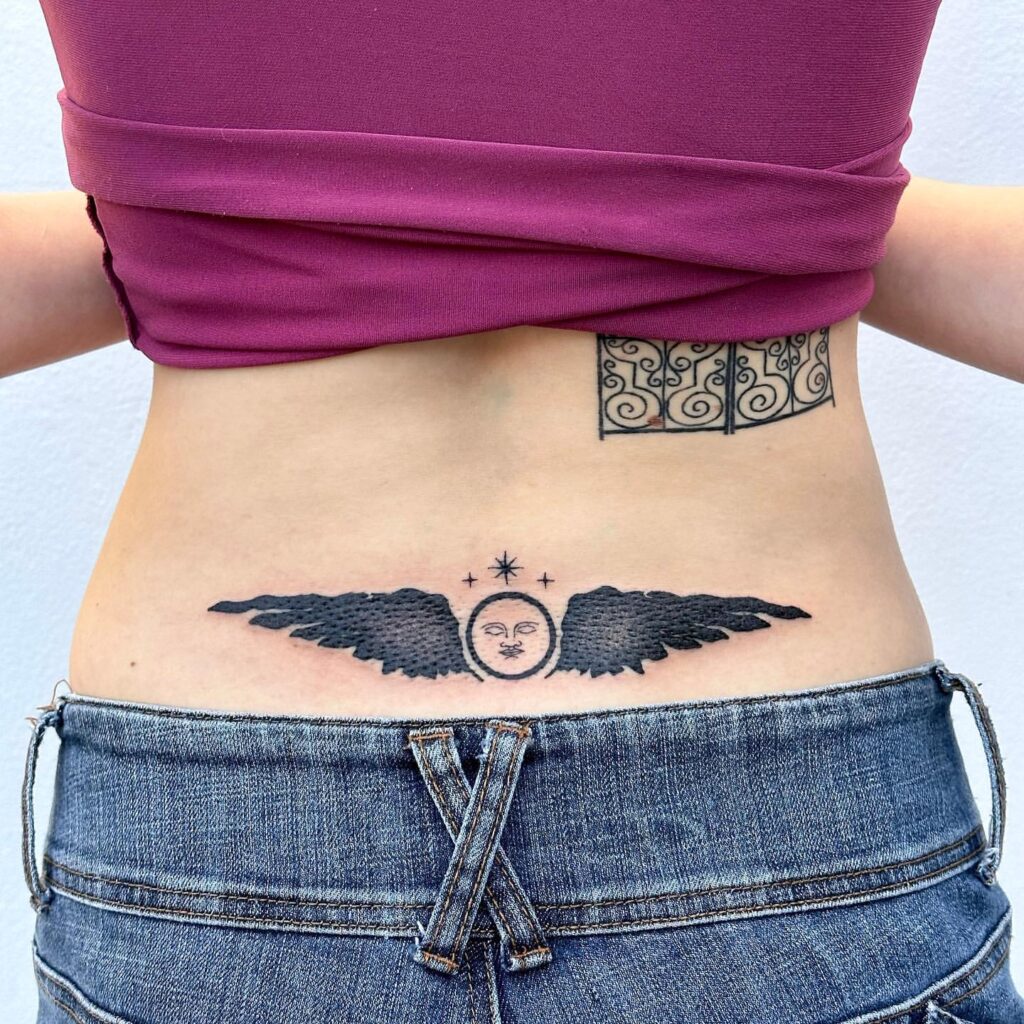
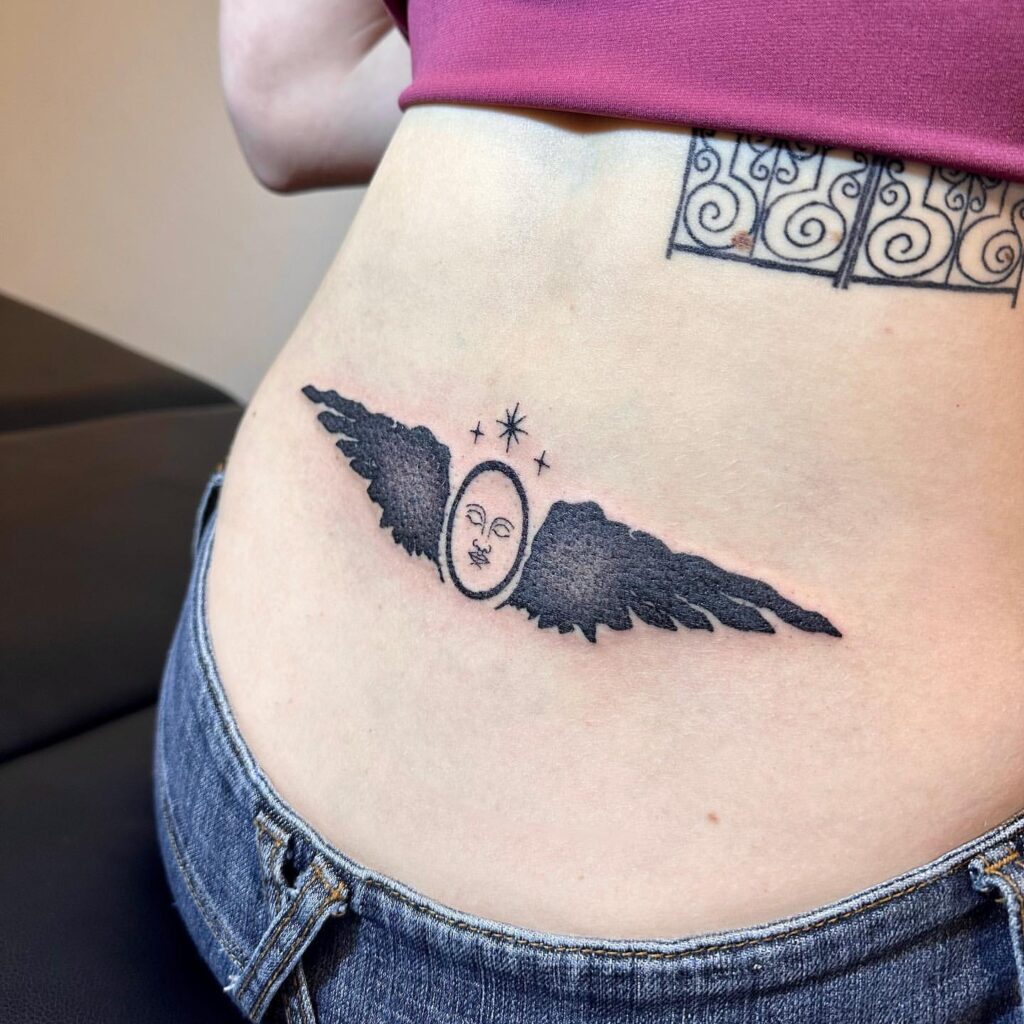

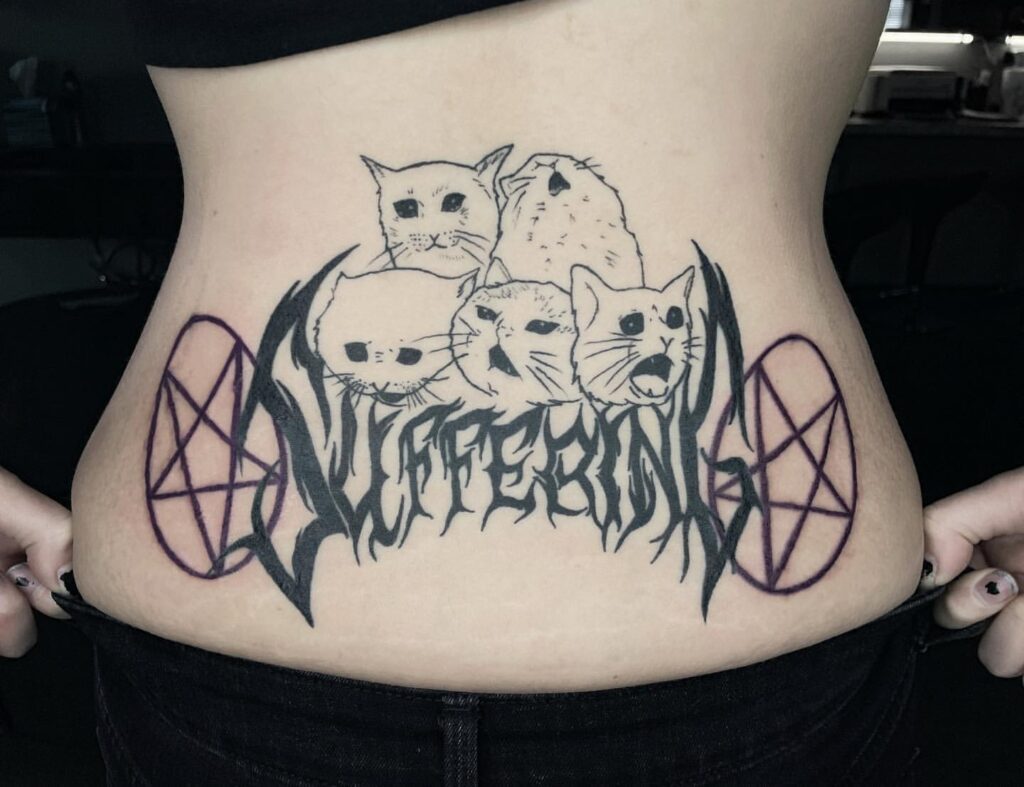
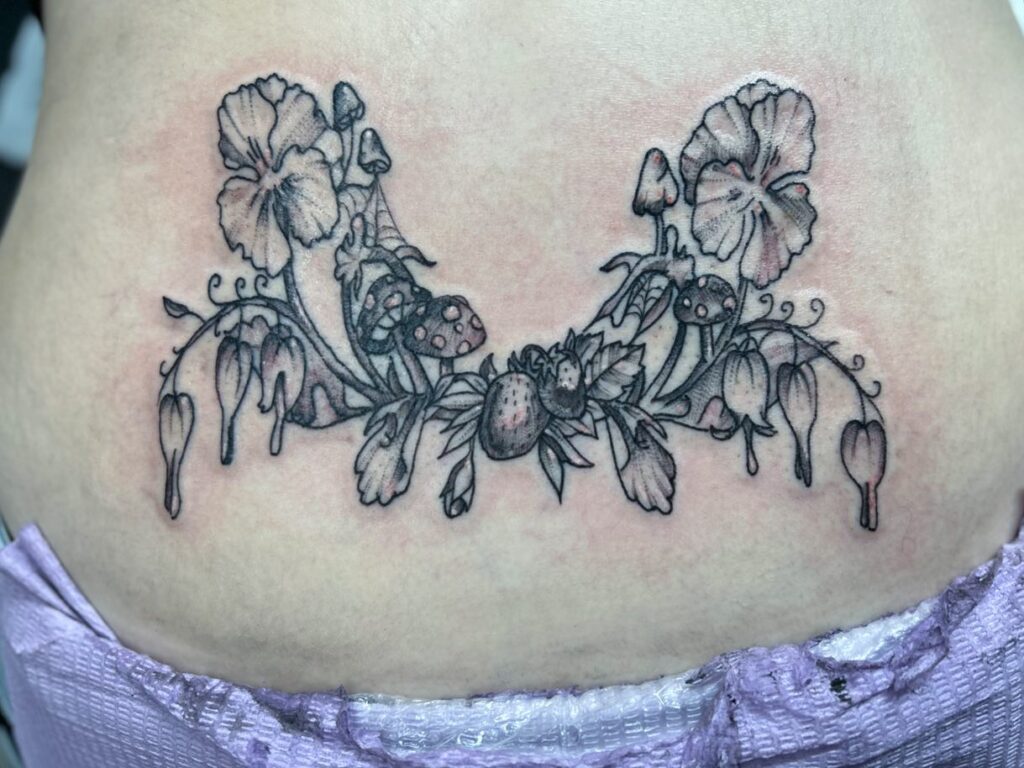



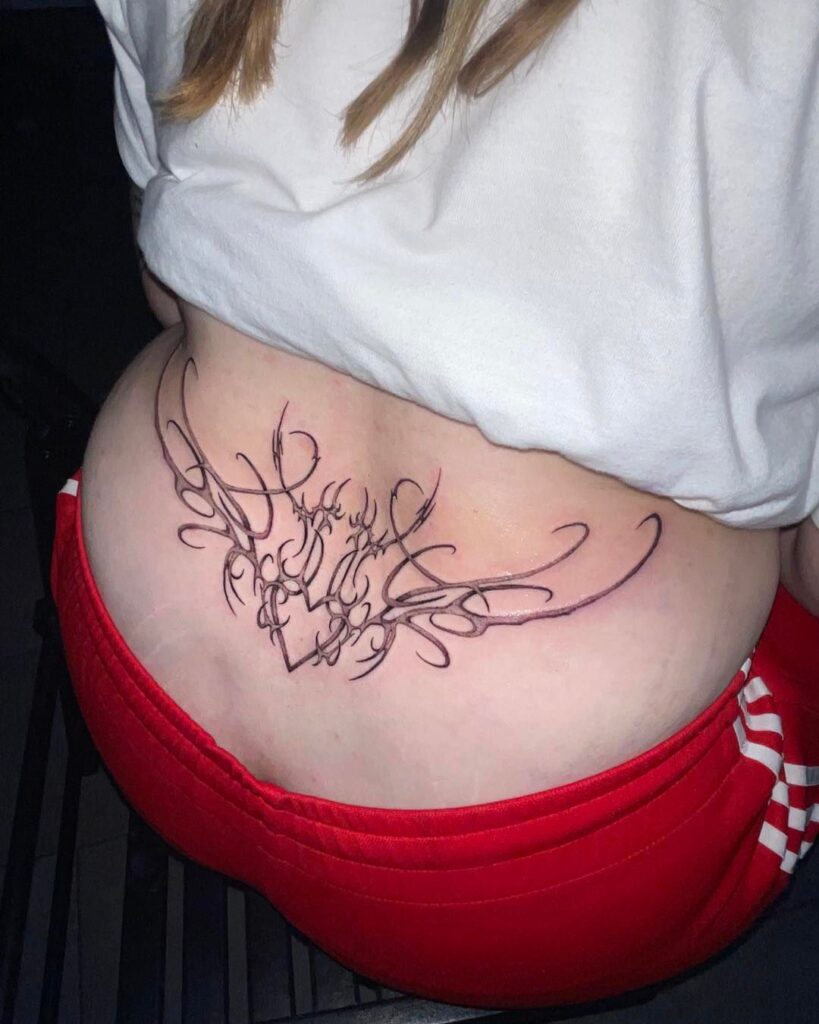
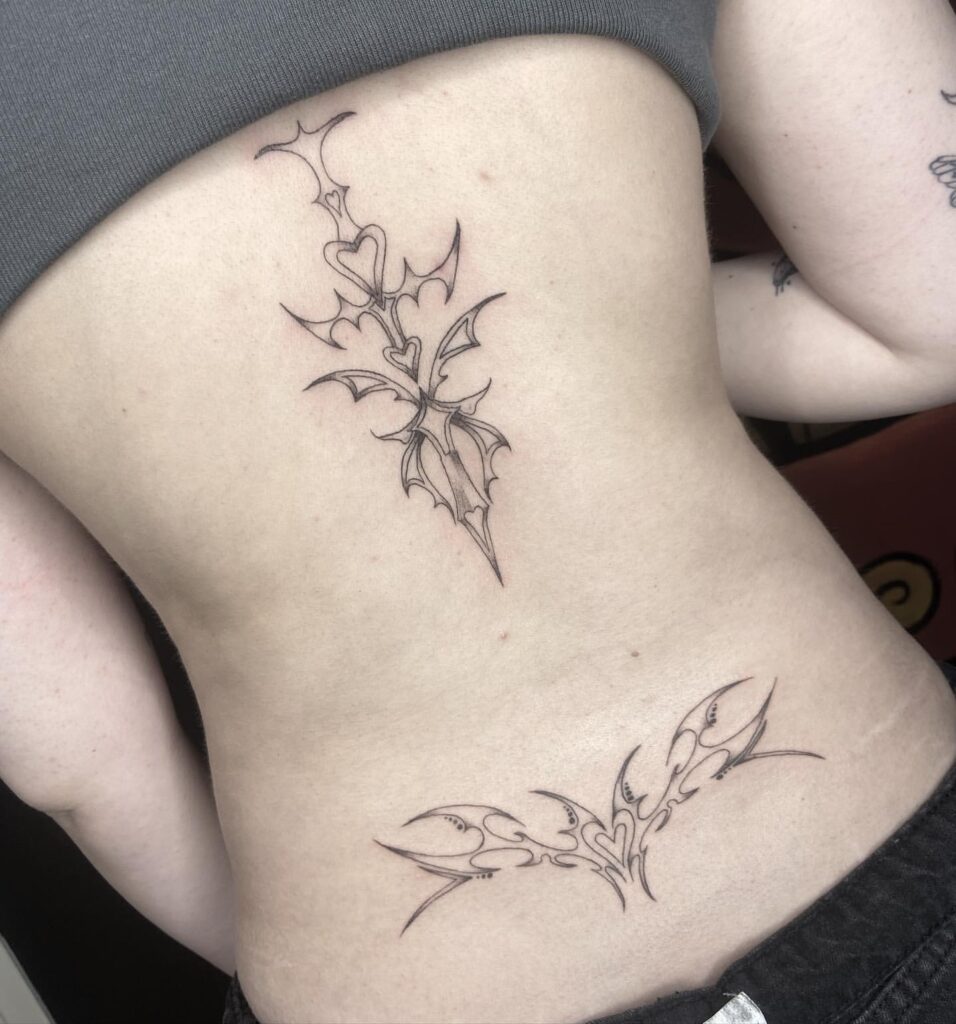
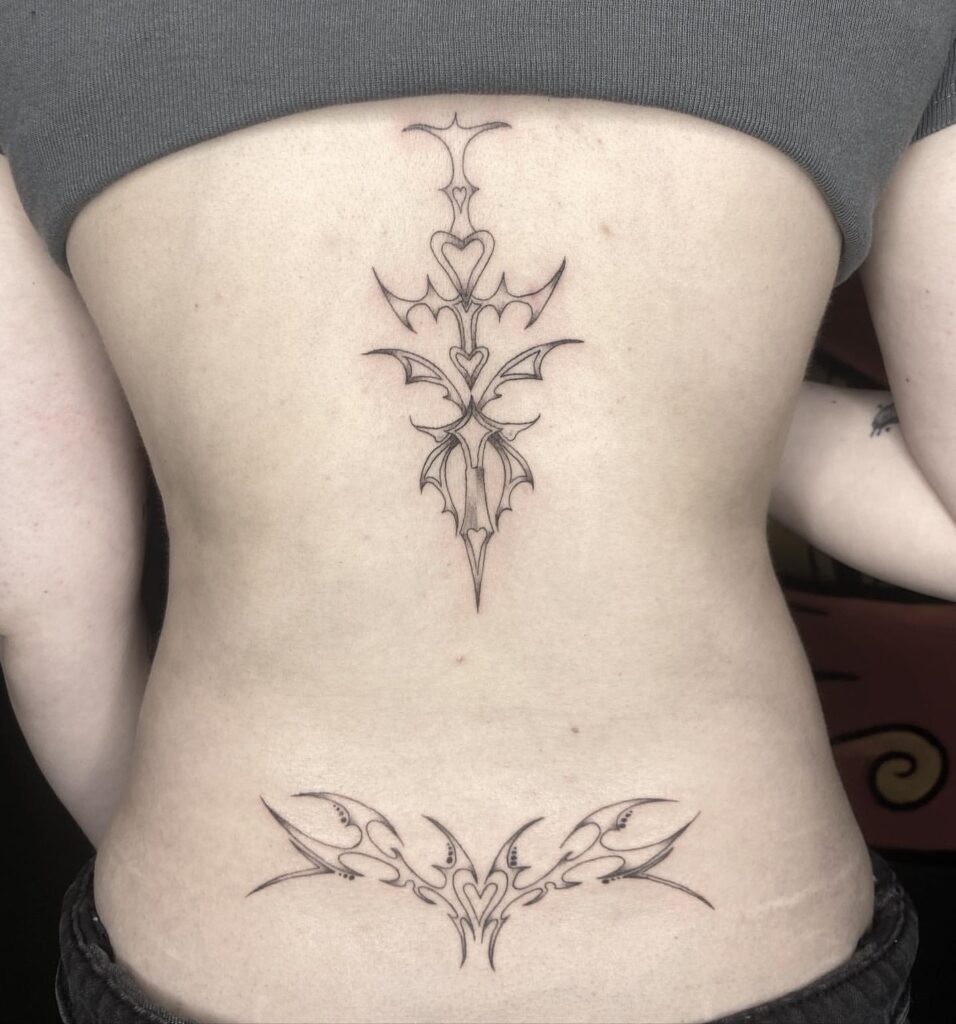
Early references to ‘Tramp Stamp’
The earliest references to the term “tramp stamp” can be found in online forums and message boards in the early 2000s. These discussions often revolved around mocking and demeaning individuals with lower back tattoos, associating them with promiscuity and lack of taste. This negative connotation quickly spread, leading to the widespread use of the term in popular culture.
Evolution of the trend
In the early days, lower back tattoos were seen as a trendy and fashionable choice for young women. However, the negative association with the term “tramp stamp” caused the trend to lose favor over time. As public perception shifted, individuals became more hesitant to get tattoos in this area. The evolution of the trend reflects society’s changing attitudes towards body art and the impact of societal stigma.
Stigma Associated with Tramp Stamp
Negative perception and associations
Tramp stamps have been burdened with a negative perception due to the association with promiscuity and a lack of class. The term itself implies derogatory judgments about a person’s character based solely on the placement of their tattoo. This stigma has contributed to the unfair judgment and shaming of individuals who have lower back tattoos, perpetuating harmful stereotypes and reinforcing societal biases.
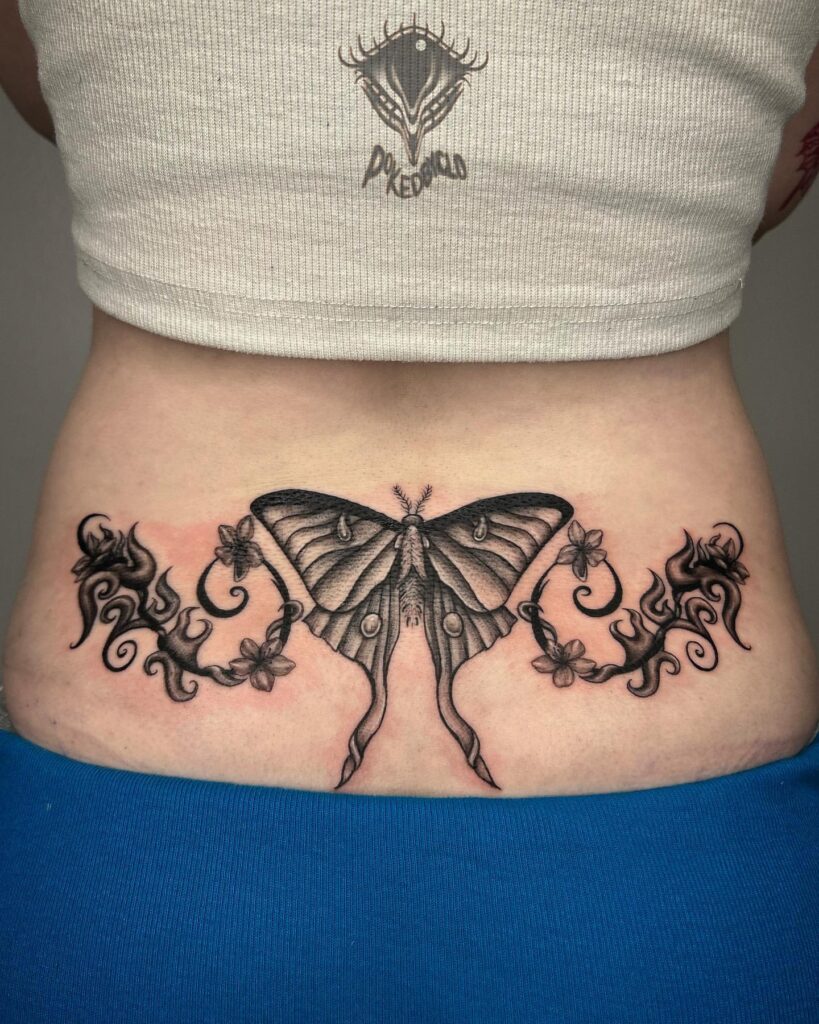
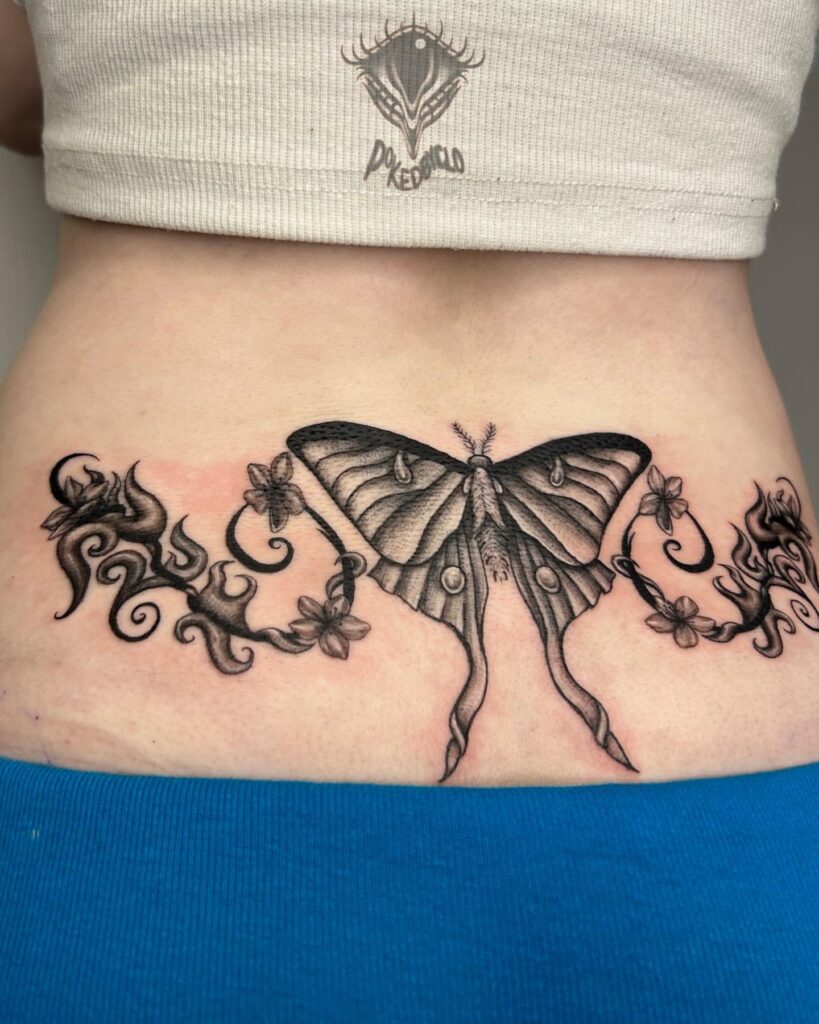
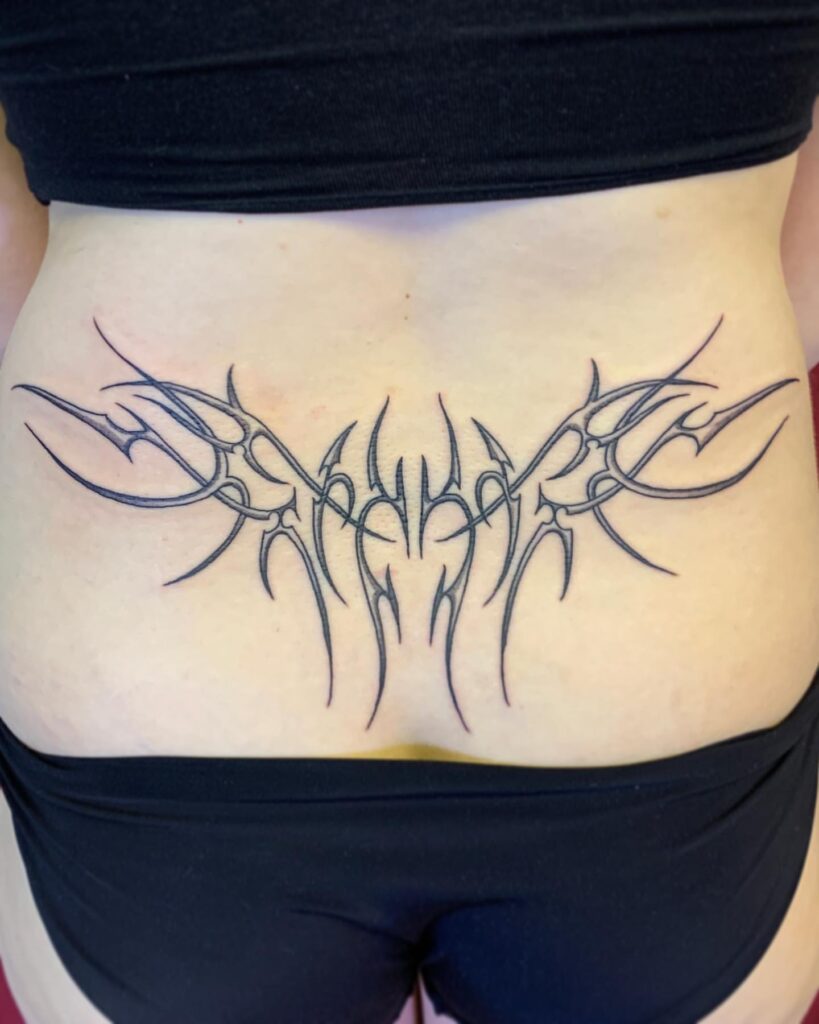


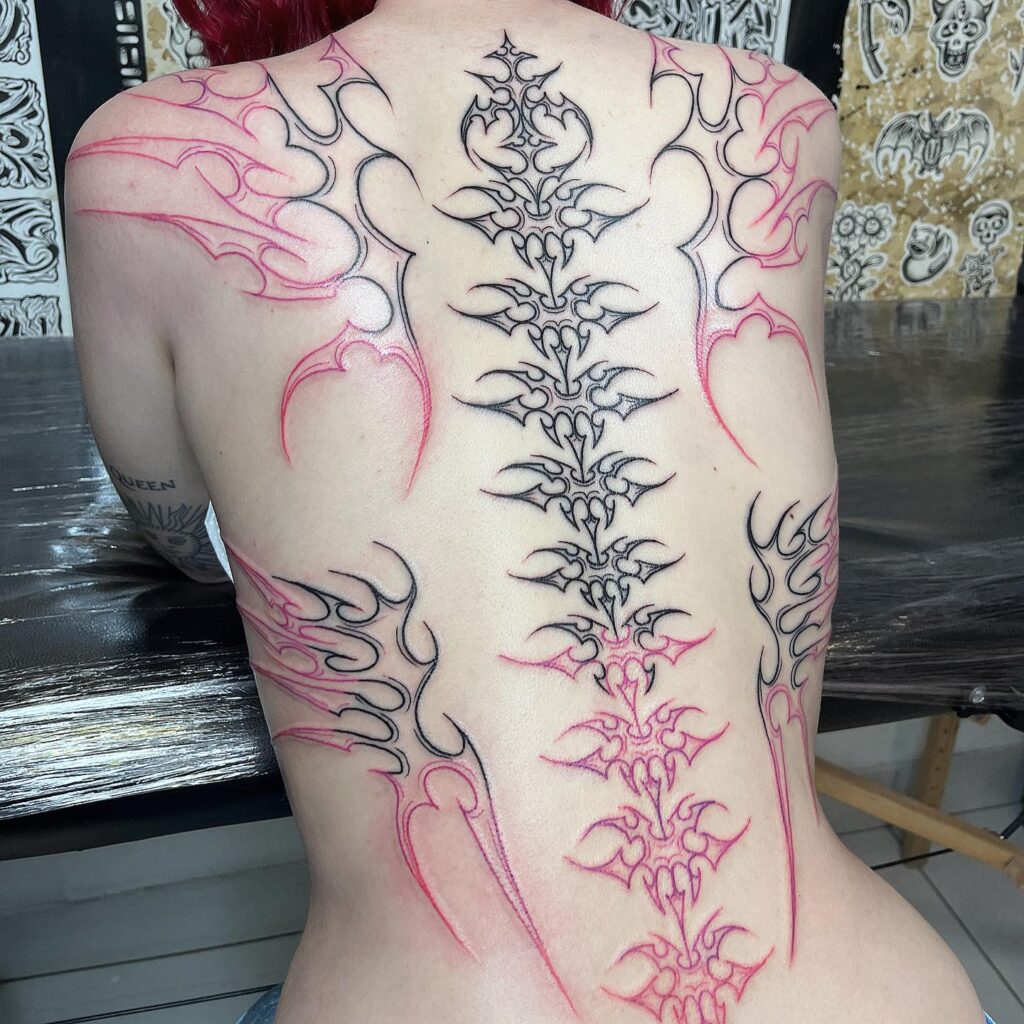
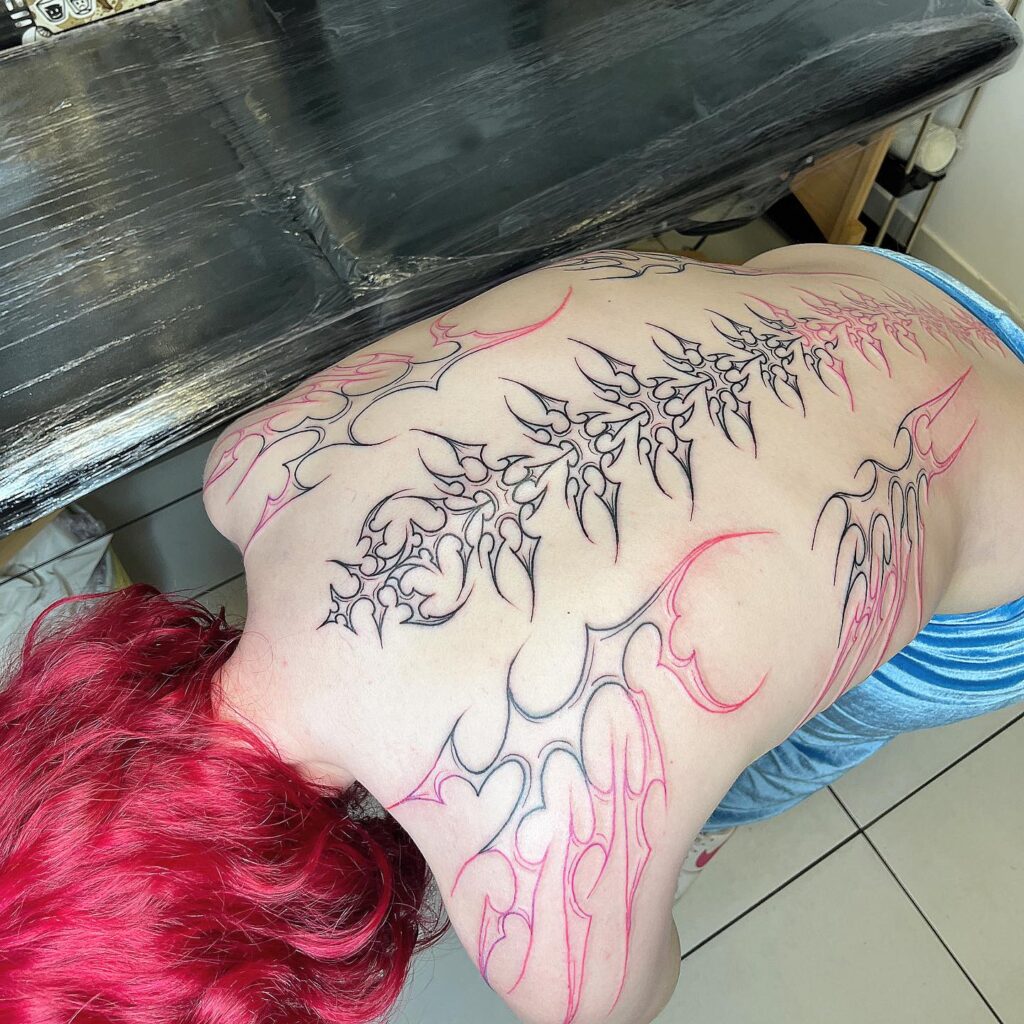
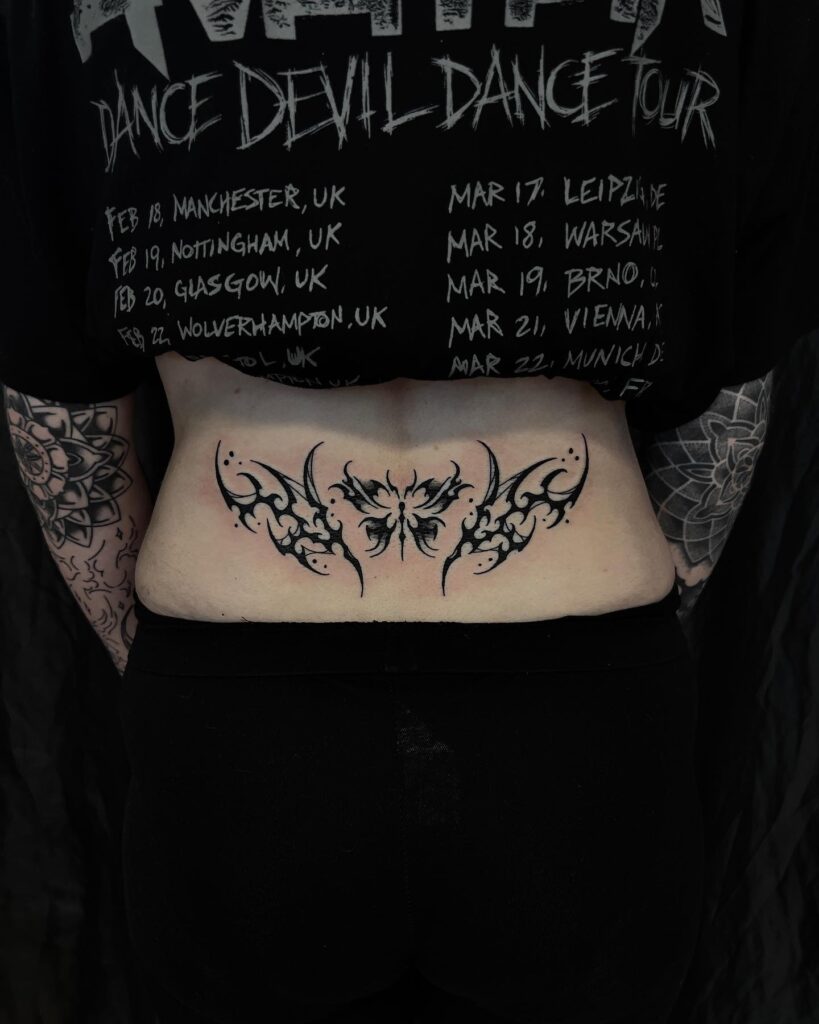

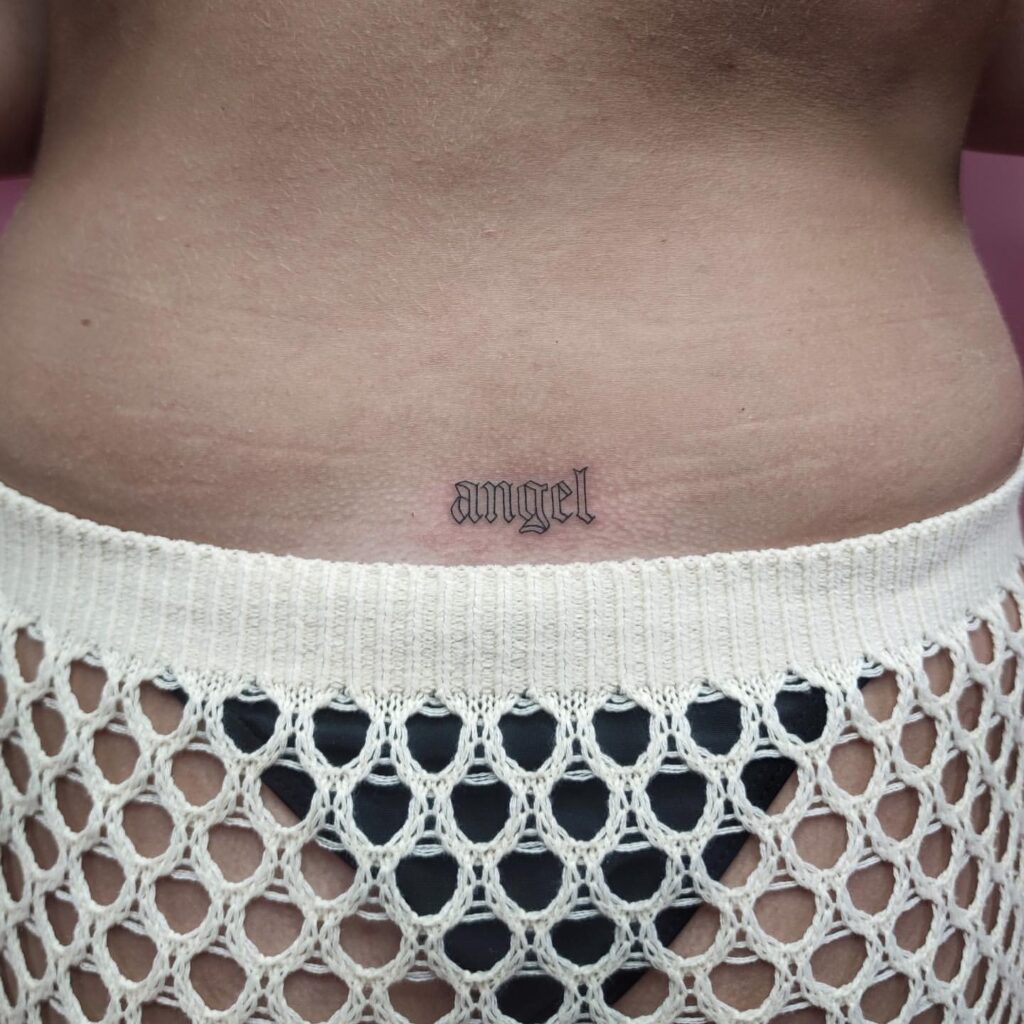
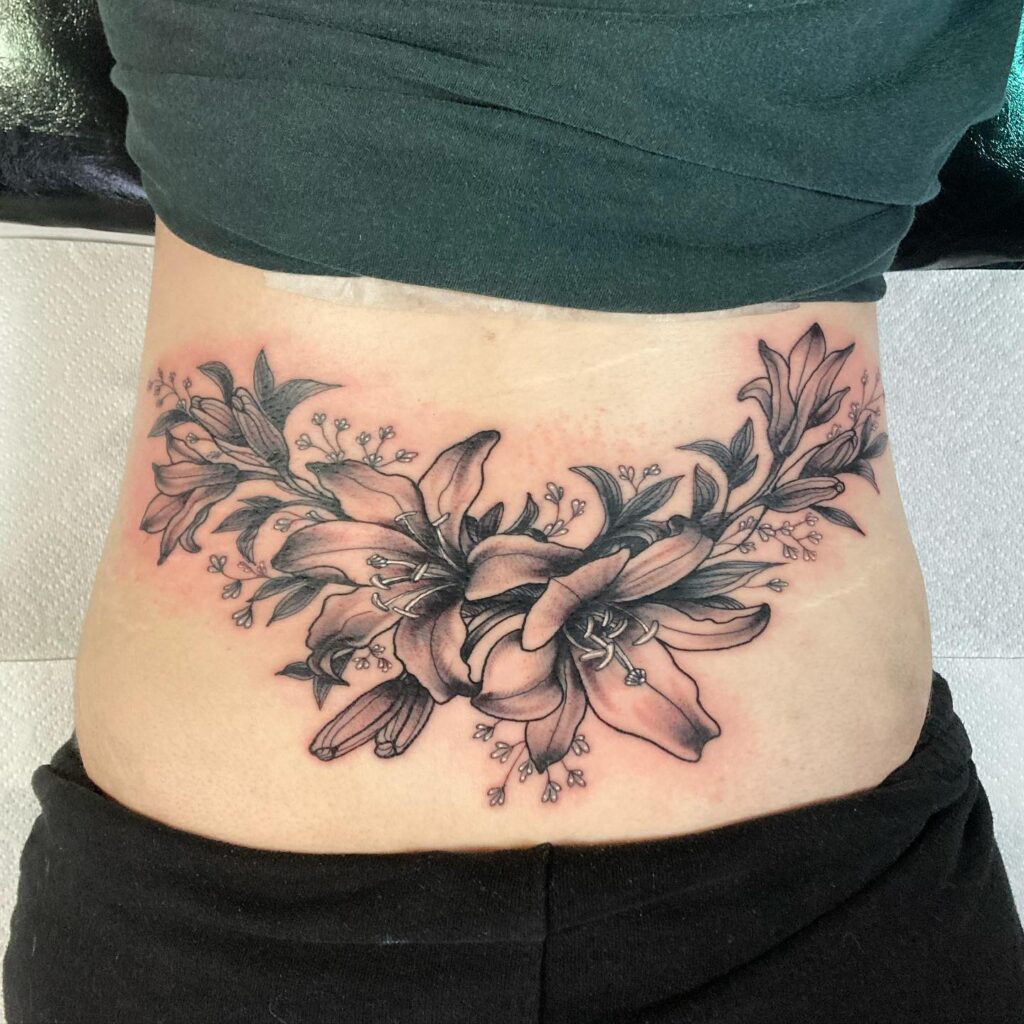
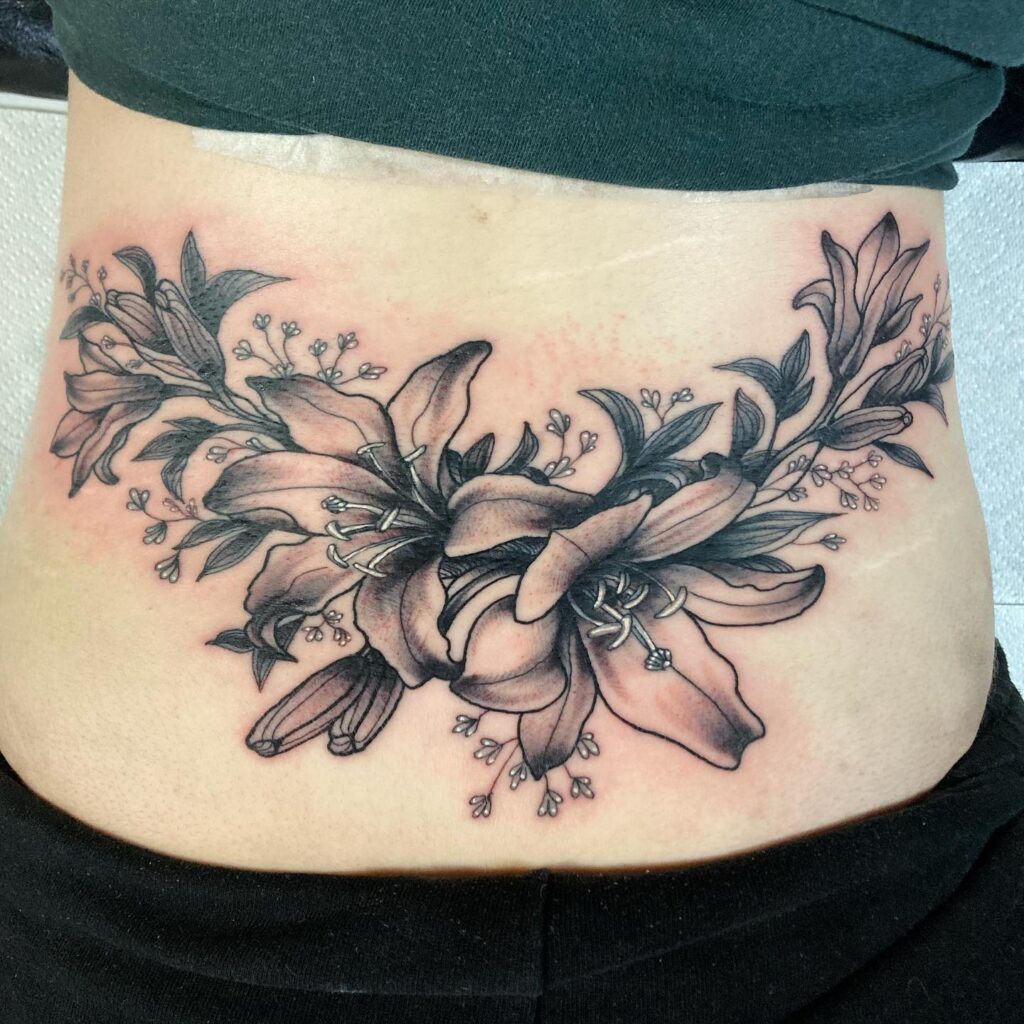
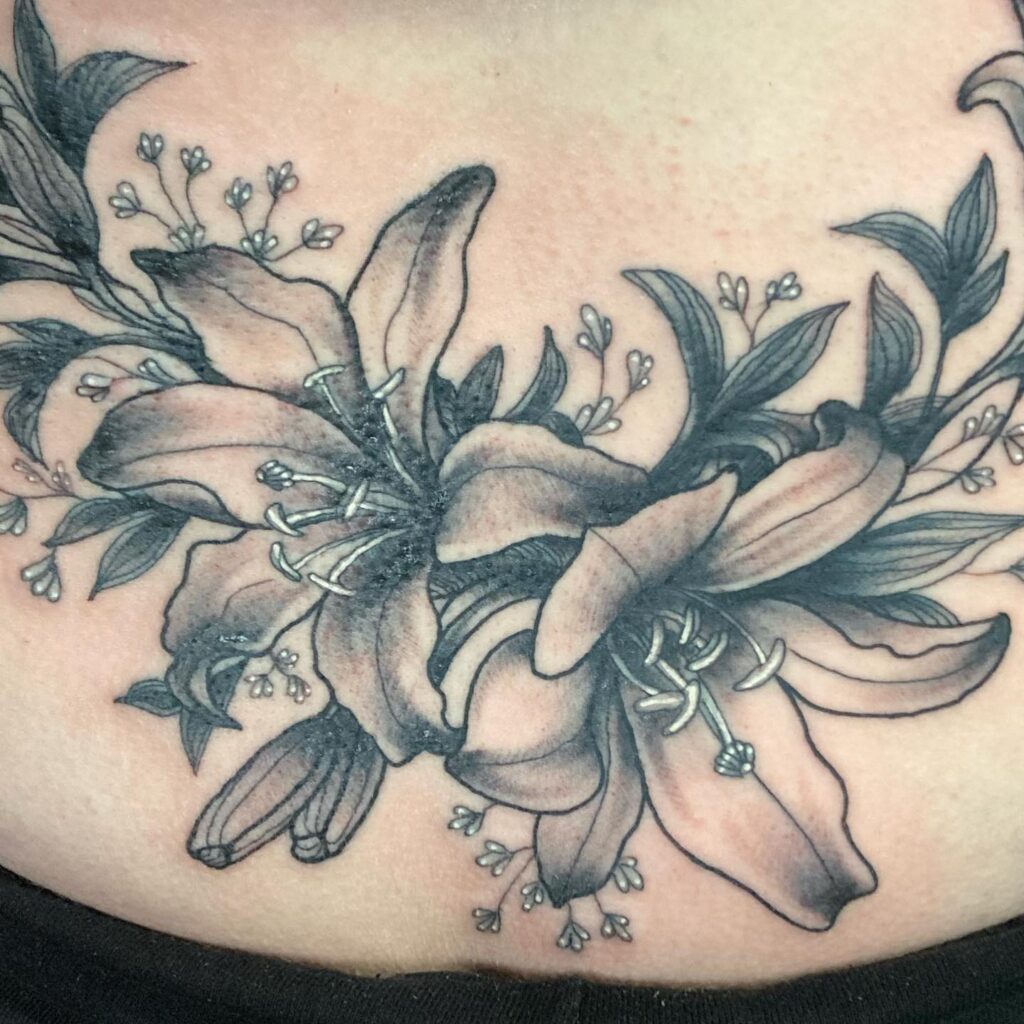

Origin of societal stigma
The societal stigma surrounding tramp stamps can be attributed to deep-rooted inequality and objectification of women. The portrayal of women’s bodies in media and popular culture often focuses on sexualizing and objectifying them, leading to the marginalization and judgment of those who deviate from societal beauty standards. This stigma can also be seen as a form of slut-shaming – a way to police and control women’s bodies.
Influence of media on tramp stamp image
Media plays a significant role in shaping public perception and reinforcing stereotypes. The portrayal of tramp stamps in movies and TV shows often perpetuates the negative connotations associated with the term. By consistently depicting characters with lower back tattoos as promiscuous or lacking in intelligence, media further solidifies the stigma and contributes to the misconception surrounding tramp stamps.
Impact of Tattoo Culture on Tramp Stamp
Tramp stamp in tattoo culture
Within the tattoo community, tramp stamp tattoos are viewed differently. While some tattoo enthusiasts appreciate the artistry and individual expression behind these tattoos, others judge them, considering them as cliché or unoriginal. This divide within the tattoo culture mirrors the broader societal attitudes towards tramp stamps, highlighting the conflicting perspectives surrounding this specific type of tattoo.
Traditional vs modern tattoo artistry
Traditional tattoo artistry often incorporates bold and vibrant designs, geometric patterns, or classic symbols. In contrast, modern tattoo artistry embraces a broader range of styles and techniques, allowing for more personal and unique designs. This evolution in tattoo artistry has influenced the types of designs chosen for tramp stamps, providing individuals with more options to reflect their personal style and preferences.
Influence of tattoo culture on tramp stamps
Tattoo culture has played a significant role in making tramp stamps more accepted and understood. With the rise of body positivity and the emphasis on self-expression, individuals are reclaiming tramp stamps as a form of art and personal choice. Tattoo artists and enthusiasts are creating beautiful and meaningful designs, challenging the negative stereotypes associated with tramp stamps and promoting acceptance and appreciation of all types of body art.
Confidence and Body Autonomy in Tramp Stamp
Role of tramp stamp in body positivity
Tramp stamps can be seen as empowering symbols of body positivity and self-acceptance. Many individuals choose to get a lower back tattoo to express their confidence, assert their autonomy over their bodies, and celebrate their unique beauty. By embracing their bodies and choosing to decorate them as they see fit, individuals with tramp stamps challenge societal norms and inspire others to accept and celebrate their bodies as well.
Expression of identity and autonomy
Tramp stamps serve as a means of expressing one’s identity and personal story. They can represent significant life events, passions, or simply showcase an individual’s love for art and self-expression. By choosing to get a tattoo in this specific location, individuals exercise their autonomy over their bodies and assert their right to define their own image, regardless of societal judgments or stigma.
Discrepancy between perception and reality
Unfortunately, the negative perception associated with tramp stamps often fails to recognize the individuality, complexity, and diverse motivations behind these tattoos. It is essential to understand that generalizations about individuals with lower back tattoos are unjust and perpetuate harmful stereotypes. Each person’s choices and experiences should be respected, and assumptions based on the placement of their tattoo should be challenged.
Influence of Celebrity Culture on Tramp Stamp
Popularity among celebrities
Throughout the 2000s, tramp stamps were popular among celebrities and public figures. Many famous individuals proudly displayed their lower back tattoos, further fueling the trend’s popularity and cultural visibility. Stars like Pamela Anderson, Angelina Jolie, and Britney Spears played a significant role in mainstreaming tramp stamps and making them more socially acceptable.
Influence of media and celebrity culture
Media plays a crucial role in shaping societal trends and influencing public perceptions of body art. Since celebrities often serve as role models for many people, their choices and actions have a significant impact. The media’s coverage of celebrities with tramp stamps has contributed to the normalization and acceptance of these tattoos, challenging the negative stigma associated with them.
Role of celebrities in changing perception
As the conversation around body positivity and self-expression continues to evolve, celebrities have used their influence to challenge the negative perception of tramp stamps. By proudly displaying their own lower back tattoos and speaking out against the derogatory language associated with them, celebrities have played a significant role in changing the public’s perception and fostering a more inclusive and accepting attitude towards tramp stamps.
Misunderstandings about Tramp Stamp
Common misconceptions
There are several common misconceptions surrounding tramp stamps that perpetuate stigmatization and contribute to the misunderstanding of their meaning. One prevalent misconception is the assumption that tramp stamps are indicative of promiscuity or low morals. Others believe that these tattoos are unattractive or lack artistic value. These misconceptions create a false narrative that overlooks the individual decisions and unique stories behind each tramp stamp.
Dispelling the myths
It is crucial to dispel these myths and challenge the stereotypes associated with tramp stamps. Tramp stamps do not define an individual’s character or morality. They are personal choices made for various reasons, often serving as expressions of self-love, art appreciation, or commemoration of significant moments in one’s life. By recognizing the diversity and complexity of motivations behind tramp stamps, we can foster a more inclusive and understanding environment.
Understanding the true meaning and purpose
The true meaning and purpose of tramp stamps lie in the hands of the individuals who choose to get them. It is essential to approach tramp stamps with an open mind and respect for personal expression. By embracing the unique stories and motivations behind each tattoo, we can move away from stigmatization and towards a more inclusive and accepting perception of tramp stamps.
Popular Designs and Themes in Tramp Stamp
Understanding popular tramp stamp designs
Tramp stamp designs encompass a wide range of styles, symbols, and themes. Some popular designs include floral patterns, butterflies, tribal motifs, and intricate geometric shapes. Others may incorporate personal elements such as initials, names, or meaningful quotes. The beauty of tramp stamp designs lies in their versatility and ability to reflect an individual’s personal taste and preferences.
Significance of themes and symbols
Themes and symbols chosen for tramp stamps often hold personal significance to the wearer. Flowers, for example, can represent beauty and growth, while butterflies may symbolize transformation and freedom. Tribal designs can celebrate one’s heritage or connection to indigenous cultures. The significance of these themes and symbols varies from person to person, adding depth and meaning to the design.
Expression through artistry
Tramp stamps are a form of artistic expression that allows individuals to showcase their creativity and unique sense of style. Tattoo artists play a crucial role in translating the wearer’s vision into a beautiful and meaningful design. The artistry behind tramp stamps can range from intricate and detailed work to minimalist and subtle designs, depending on the individual’s preferences and desired aesthetic.
Legal and Health Implications of Tramp Stamp
Legal age and regulations for tattoos
The legal age for getting a tattoo varies across countries and regions. In many places, individuals must be at least 18 years old to get a tattoo without parental consent. Tattoo artists and studios are typically regulated by health and safety guidelines to ensure proper sanitation and minimize the risk of infections or other complications. It is important for individuals to research and choose reputable tattoo artists who adhere to these regulations.
Potential health risks and precautions
As with any form of body modification, there are potential health risks associated with getting a tramp stamp tattoo. These risks include infections, allergic reactions, scarring, and improper healing. To mitigate these risks, it is crucial to follow proper aftercare instructions provided by the tattoo artist and maintain good hygiene during the healing process. Additionally, individuals should ensure that the tattoo studio follows strict hygiene and safety protocols.
Steps towards safe tattooing practices
Both tattoo artists and individuals getting tattoos must take steps to ensure safe tattooing practices. Tattoo artists should use sterile equipment, practice proper hygiene, and follow industry-standard protocols to minimize the risk of infections or complications. Individuals should thoroughly research tattoo studios, ask about sanitization practices, and follow aftercare instructions to promote the healing process and reduce the likelihood of health issues.
Reclaiming Tramp Stamp in Modern Society
Changing perceptions towards tramp stamp
In recent years, there has been a growing movement to challenge the negative perception and reclaim the tramp stamp as a form of self-expression and empowerment. This movement seeks to normalize tramp stamps and recognize them as valid choices for body adornment, free from judgment or derogatory labels. By shifting societal perceptions and embracing diversity in body art, we can create a more inclusive and accepting environment for all individuals.
Role of social movements
Social movements focused on body positivity and self-expression have played a vital role in challenging societal norms and promoting the acceptance of tramp stamps. These movements strive to dismantle stereotypes, promote self-acceptance, and celebrate individuality. By fostering a culture of inclusivity and understanding, social movements empower individuals to embrace their bodies and make choices that reflect their personal preferences and values.
Reclamation and empowerment
The reclamation and empowerment of tramp stamps lie in celebrating the autonomy and personal choice behind these tattoos. By recognizing tramp stamps as expressions of self-love, artistry, and personal history, we can challenge the derogatory language and stigma surrounding them. Embracing and appreciating the diversity of tramp stamp designs and the motivations behind them empowers individuals to reclaim their bodies and celebrate their unique stories.
Future of Tramp Stamp
Potential trends and styles
The future of tramp stamps holds an exciting potential for new trends and styles to emerge. As tattoo culture continues to evolve, individuals are exploring a wider range of design options and artistic techniques. From intricate mandalas to minimalist line art, the future of tramp stamp designs may be influenced by various tattoo styles, allowing individuals to express their personalities and tastes in more diverse and unique ways.
Future implications for the tattoo industry
The growing acceptance and understanding of tramp stamps have the potential to influence the tattoo industry as a whole. Tattoo artists may see an increased demand for lower back tattoos, leading to more innovative and creative designs tailored to individual preferences. Additionally, the shift towards body positivity and self-expression may encourage more individuals to explore tattoo artistry, driving the growth and diversification of the tattoo industry.
Impact of changing social norms on future perceptions
As societal norms continue to evolve, perceptions of tramp stamps are likely to change as well. With a greater emphasis on body positivity, acceptance, and autonomy, tramp stamps may be viewed with less judgment and stigma. This shift in perception will contribute to a more inclusive and diverse understanding of body art, allowing individuals to embrace their unique choices and expressions without fear of societal scrutiny.
In conclusion, tramp stamps have a complex history, influenced by cultural roots, societal stigma, and media portrayal. While they have been burdened with negative perceptions and misconceptions, recent movements towards body positivity and self-expression are paving the way for a more inclusive and accepting view of tramp stamps. By challenging stereotypes, embracing diversity, and recognizing the personal significance behind each tattoo, we can create a future where tramp stamps are celebrated as unique expressions of art, identity, and autonomy.


